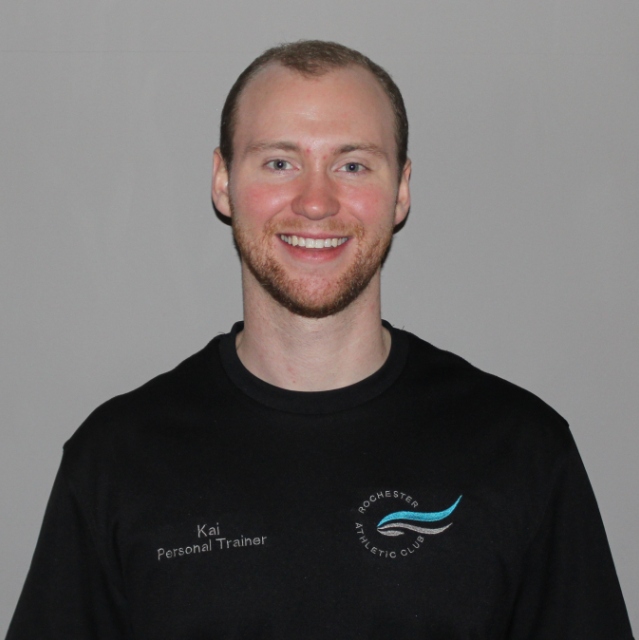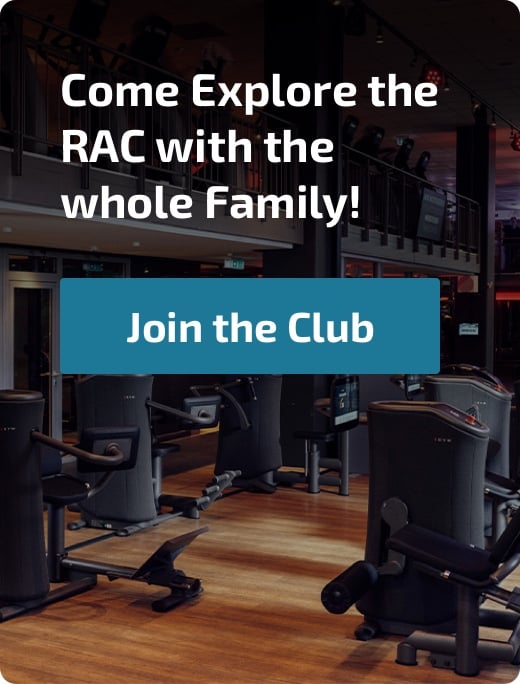Why You Should Consider Muscle Control and Posture in Your Workouts
During my time studying Exercise Science at Winona State University, I learned that toddlers can teach us many things about healthy movement. If we look at their everyday movement patterns and posture during a squat, deadlift, row, shoulder or chest press they are a model of the most natural and healthy way to move. Basically, a toddler’s body acts in balance and doesn’t work against itself.
As we get older we find ways to move more efficiently to do the more repetitive, focused tasks of a mature individual. Unfortunately, these movement adaptations can be harmful to the joints and the surrounding structures. It can mean more joint friction which can cause pain, and ultimately deterioration of the cartilage and lubricant mechanisms. We may also be less in touch with how we are holding or moving our body. Without correct posture and a strong neuromuscular (brain to muscle) connection there are significantly higher chances for injury.
As it is unlikely that we will return to the world of the toddler, what can we do? First of all, we can work on improving our muscle control. One of the fastest ways to strengthen the neuromuscular connection is by isolating individual muscles and contracting them multiple times. The more often the nerve pathway is activated the faster the brain gains control of the muscle. If you are lifting weights this can be done by focusing on the muscle or muscle group you are using to accomplish the exercise.
It addition, it may also be beneficial to have multiple sensory pathways for feedback to the brain during the muscular contractions. Common ways to incorporate external feedback are by touching the muscle that is contracting with fingertips from the opposite hand, watching the movement in mirrors, or watching from a third person perspective such as a trainer or video camera. Once better control of individual muscles is gained it is easier to work with multiple muscles and joints to perform a single task. Then the movements may be done with awareness at higher resistances.
Secondly, we can work on improving our posture to keep our joints aligned and working optimally. To consider how this works we will consider head forward posture. Since so many of us are nearly always focused on something in front of us, one of the most common postural tendencies is to hunch over and bend the neck more to keep the head level (like some of you may be doing while reading this). To reverse this posture the muscles in the front of the body need to be stretched and the muscles in the back need to be strengthened. The following are some elements which could be used in an exercise program to address head forward posture:
- Exercises like hex-bar deadlifts, reverse lunges, and single leg step-ups with a pause at the top for balance are great options for beginners because of the posture that they naturally enforce.
- Rows, T's, Y's and I's and shoulder blade retractions are great exercises to strengthen the back and shoulder girdle muscles.
- Stretching the ankles, hips, back, neck and chest are beneficial to improve posture and avoid the painful repercussions of bad posture.
Many other postural issues can likewise be impacted by a properly designed exercise program. The challenge is to build a routine that can uniquely suit each person's postural imbalances and needs. Basically it is adjusting your workout routine in a smart fashion to overcome unproductive habits.
I should also note that you may be able to impact posture and proper movement by adding some alternate forms of cardio. Switching methods of cardio is always a good idea so that the body has to adapt and move in different ways. The form of cardio you do may also help you to improve in an area of concern. For example, rowing is one of the most beneficial methods of cardio for improving back strength while the stair stepper is good for hip strength and knee stability.
Improving your movement and postural habits can be a smart investment in yourself. By incorporating some of the ideas in this article into your regular workout it can help you fight back against the unconscious habits which may shooting your health in the foot. If you would like assistance developing your workouts to incorporate better movement awareness and posture, please contact one of our personal trainers.

Kai Giese
Kai has an Exercise Science degree through Winona State University and has attained a NETA Certification in personal training. He likes to kayak, hike, ride bike and fish during warm weather. During the cold months Kai likes to snowboard, play hockey and spend time with friends and family.
Contact Kai Giese



